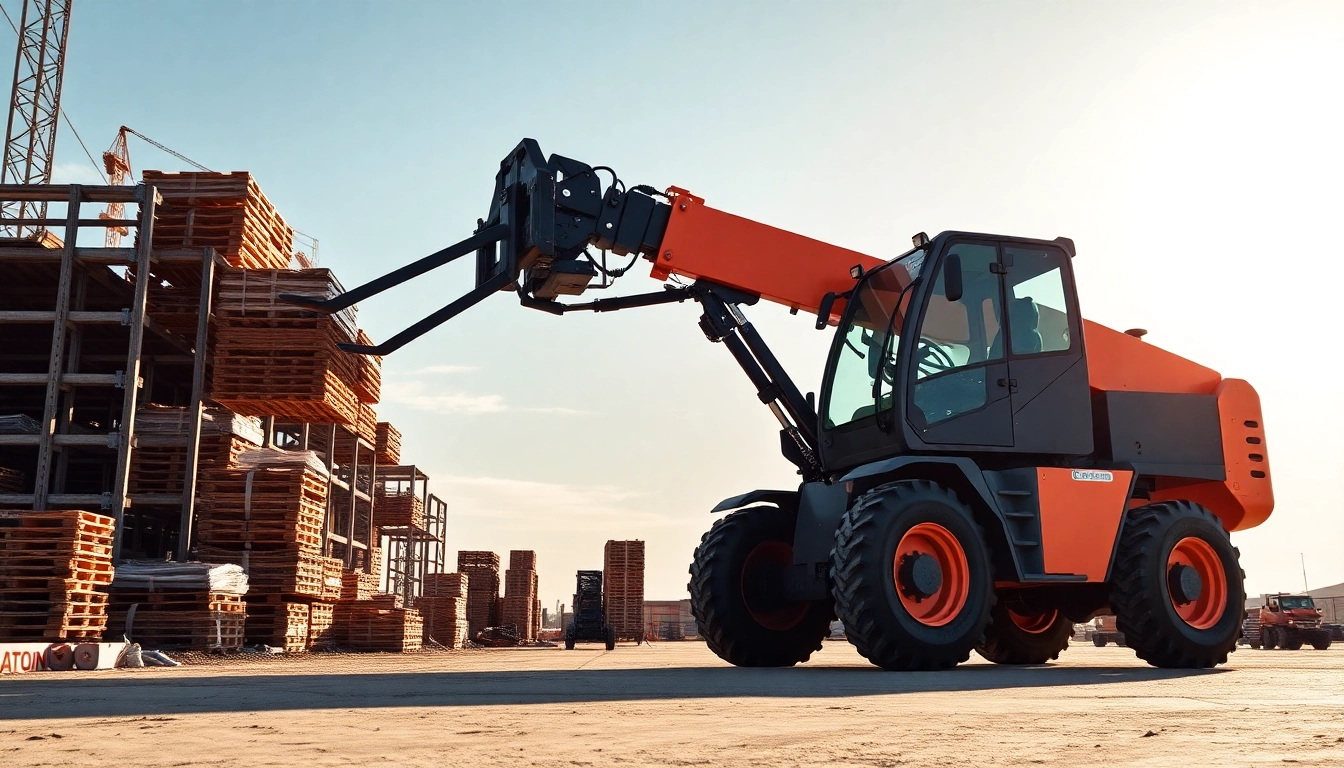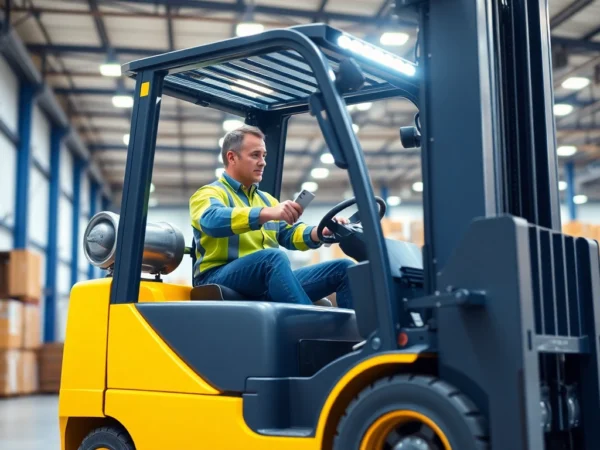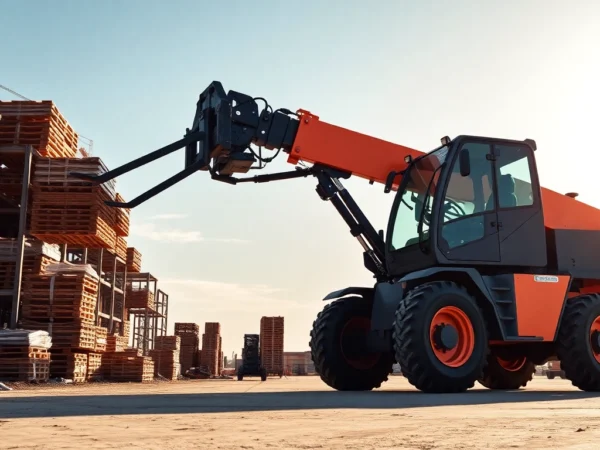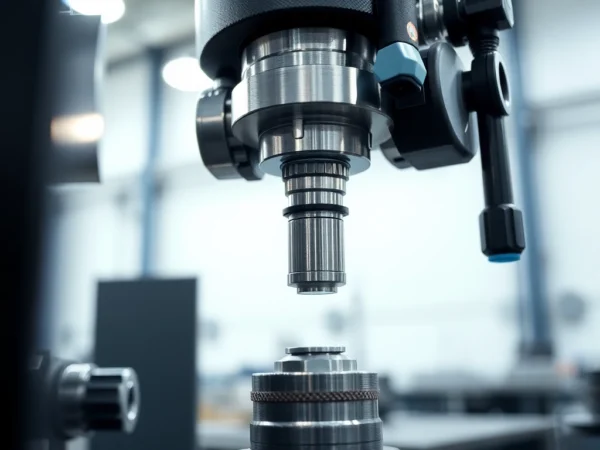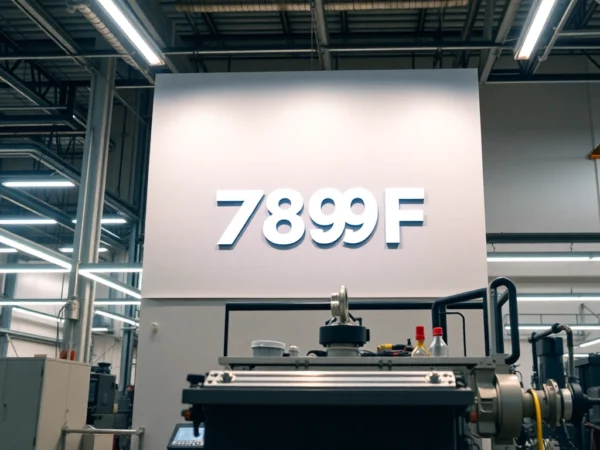Premier Telehandler Rental Services for Construction and Industrial Projects
Understanding Telehandlers and Their Applications
In the dynamic world of construction, agriculture, and industrial projects, the ability to lift, place, and move heavy loads efficiently and safely is paramount. Among the versatile equipment that has revolutionized material handling is the telehandler, also known as a telescopic forklift or boom lift. For companies and contractors seeking flexible, powerful, and cost-effective lifting solutions, telehandler rental offers a compelling alternative to outright purchase. This article delves deep into the multifaceted nature of telehandlers, exploring their operational mechanisms, industry applications, selection criteria, rental benefits, and safety best practices, providing a comprehensive guide to make informed decisions for your next project.
What is a Telehandler and How Does It Work?
A telehandler, fundamentally, is a versatile lifting machine equipped with a telescopic boom that extends forward and upwards, enabling it to perform tasks traditionally handled by cranes, forklifts, and other lifting equipment. Unlike conventional forklifts limited to vertical lifting, telehandlers can reach significant heights and distances, making them invaluable for tasks involving high-reach access and heavy load placement.
The core components of a telehandler include the chassis (or base), the telescopic boom, and various attachments such as pallets forks, lifting hooks, or personnel baskets. The boom is controlled via hydraulic cylinders, allowing for precise extension and retraction. Operators manage the machine via an ergonomic cabin equipped with advanced control systems, GPS, and safety features to facilitate smooth operation.
Working through a combination of hydraulic power, articulated steering, and stability systems, telehandlers can lift loads typically ranging from a few hundred kilograms up to several tonnes, reaching heights of over 20 meters in some models. Their adaptability stems from interchangeable attachments, enabling functionalities such as material lifting, loading, stacking, and even personnel transportation in compliant environments.
Industries That Benefit from Telehandler Rental
The adaptability and efficiency of telehandlers make them essential across diverse industries. Here are some key sectors that distinctly benefit from telehandler rental services:
Construction
In construction, telehandlers are used for moving heavy materials like bricks, steel beams, and concrete blocks to elevated positions on-site. Their ability to navigate uneven terrains and confined spaces enhances productivity, enabling quick transfer of materials between floors or areas without the need for multiple equipment types.
Agriculture
Agricultural operations leverage telehandlers for tasks such as loading feed, moving bales, and handling bulk materials. Their reach and load capacities streamline farm logistics, especially in handling large bales or heavy feed bins.
Industrial Manufacturing & Warehousing
Warehouses and factories utilize telehandlers for stacking pallets, organizing inventory at various heights, and loading/unloading trucks. Their agility in tight spaces complements the demands of fast-paced industrial environments.
Infrastructure & Maintenance
Infrastructure projects including ports, airports, and roadworks employ telehandlers for lifting construction materials, maintenance equipment, and performing installation tasks at heights.
Event Setup & Logistics
For setting up large-scale events, telehandlers assist in positioning lighting, stages, and seating with accuracy and speed, especially in venues with challenging access conditions.
Key Features of Modern Telehandlers
Advancements in telehandler technology have led to the development of features that enhance safety, efficiency, and operator comfort. Here are some critical attributes characterizing contemporary models:
- Variable Reach and Lift Heights: Capable of extending from 4 meters up to over 20 meters, allowing for a wide range of applications.
- High Load Capacity: Ranging from 1 tonne to over 4 tonnes, accommodating various project requirements.
- Terrain Accessibility: Equipped with all-wheel drive and robust tires, enabling operation on uneven and rough terrains.
- Intelligent Control Systems: Features such as load sensing, stabilizer systems, and ergonomic cabins enhance precision and safety.
- Attachments Compatibility: Multi-purpose forks, excavator buckets, and personnel baskets provide operational flexibility.
- Operator Safety & Comfort: Climate-controlled cabins, intuitive controls, and advanced visibility features improve operator well-being.
Modern telehandlers are also increasingly integrating telematics for real-time monitoring, maintenance alerts, and operational analytics, ensuring optimal performance and safety compliance.
Choosing the Right Telehandler for Your Needs
Types of Telehandlers Available for Rental
The market offers a broad spectrum of telehandlers tailored to specific operational needs. These include:
- Compact Telehandlers: Also known as mini telehandlers, they are ideal for confined spaces and light-duty applications, typically with lift heights up to 4-5 meters.
- Standard Telehandlers: Ranging from 4m to 12m reach, suitable for general construction, warehousing, and industrial tasks.
- High-Reach Telehandlers: Designed for tasks requiring over 15 meters of lift height, often used in high-rise construction or large-scale infrastructure projects.
- Specialized Telehandlers: Machines equipped with unique attachments or features, such as 360-degree rotation or extreme terrain capabilities.
Factors to Consider: Load Capacity, Height, and Reach
Selecting the appropriate telehandler involves analyzing several key parameters:
- Load Capacity: Ensure the machine can handle your maximum load weight safely, factoring in load distribution and attachments used.
- Lift Height (Maximum Reach): Determine the maximum height required for your operations to avoid over- or under-sizing equipment.
- Horizontal Reach: Needed to place loads at specific distances from the machine’s position, crucial for large-scale sites.
- Terrain and Site Conditions: Evaluate whether the site terrain necessitates specialized tires or chassis configurations.
Assessing Your Project’s Requirements and Budget
A thorough assessment combines operational demands with budget constraints. Establish:
- Projected load sizes and lifting heights
- Duration of usage (short-term vs long-term rentals)
- Site accessibility and terrain challenges
- Additional features or attachments needed
Consulting with rental providers and leveraging equipment rental calculators can refine your selection process, ensuring cost-effective procurement aligned with project timelines.
Benefits of Renting a Telehandler
Cost Savings vs. Buying Equipment
Investing in a telehandler represents a significant capital expenditure. Rental services offer a financially prudent alternative, especially given the rapidly evolving technology and maintenance costs associated with ownership. Renting allows access to high-quality machinery without the depreciation, storage, or long-term maintenance burdens.
Access to Latest Technology and Maintenance Support
Rental companies typically update their fleet regularly, providing access to the latest models equipped with advanced safety features, improved fuel efficiency, and enhanced operational capabilities. Furthermore, fleets come with scheduled maintenance and repairs, minimizing downtime and operational risks.
Flexibility and Scalability for Short or Long-Term Projects
Flexibility is a key advantage. Whether it is a short-term construction project or an extended industrial operation, rental agreements can be tailored to your schedule, scale, and changing needs. This scalability helps optimize resource allocation and project planning.
How to Book a Telehandler Rental
Step-by-Step Rental Process
The rental process generally follows a straightforward sequence:
- Identify Your Requirements: Assess project needs based on load, reach, and site conditions.
- Research & Select a Rental Provider: Choose reputable companies offering a suitable fleet, good customer reviews, and transparent pricing.
- Request Quotes & Compare Prices: Obtain detailed quotations, including delivery, operation, and insurance costs.
- Confirm Rental Terms: Agree on rental periods, delivery schedules, and safety protocols.
- Complete Documentation & Safety Checks: Submit required licenses, certifications, and safety documentation.
- Schedule Delivery & Setup: Coordinate with the provider for the equipment drop-off, configuration, and initial safety briefing.
Rental Documentation and Safety Checks
Proper documentation is crucial for legal compliance and safety. Typical requirements include proof of operator certification, insurance coverage, and site-specific safety plans. Regular safety inspections before and during operation prevent incidents and extend equipment lifespan.
Delivery, Setup, and Support Services
Leading rental companies offer comprehensive support, including on-site setup, operator training, and ongoing maintenance. Ensuring crane stability, safe attachment connections, and operational readiness are essential for optimal performance.
Best Practices for Safe and Efficient Telehandler Use
Operator Training and Certification
Qualified operation is the backbone of safety. Operators should possess relevant certifications adhering to standards such as those set by the UK’s Construction Plant Competence Scheme (CPCS). Training programs should cover controls, load handling, site safety, and emergency procedures.
Regular Inspection and Maintenance
Daily pre-operation inspections—checking for leaks, tire condition, and attachment security—are vital. Maintenance routines must follow manufacturer guidelines, including hydraulic fluid checks, brake tests, and machine calibration, to prevent failures.
Maximizing Productivity on Site
Planning movements, utilizing the correct attachments, and coordinating with team members optimize telehandler use. Real-time communication via radios and adherence to safety zones enhance workflow efficiency.
Proper training, rigorous inspections, and strategic planning not only reduce accidents but also shorten project timelines and control costs.
